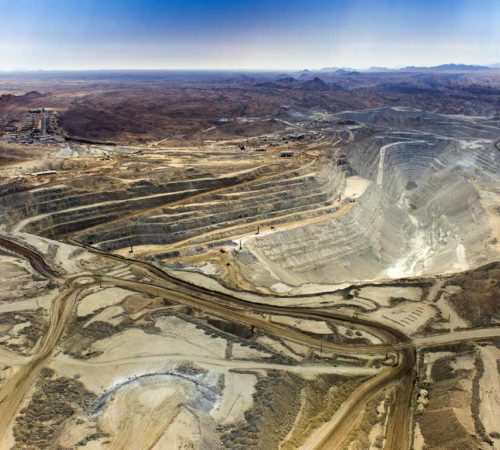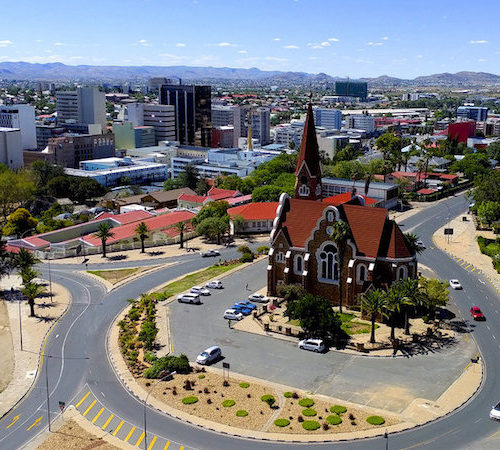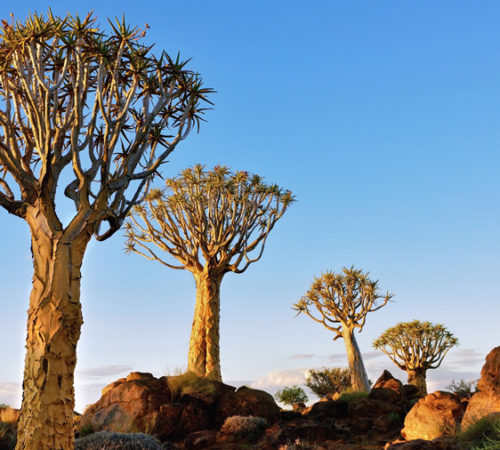At independence in 1990, Namibia inherited an economy characterised by a narrow industrial base and heavy dependence on the production and export of primary commodities. In order to redress these structural imbalances, the Government committed itself to a strategy of economic diversification aimed at creating dynamic industrial and service sectors through increased manufacturing activities, promotion of value addition to locally produced raw materials and the modernisation of the financial and ICT sectors.
Towards this end, Namibia implemented free-market liberal policies such as enacting a Foreign Investment Act and an Export Processing Zone (EPZ) regime as well as employing favourable incentives for exporters and manufacturers with a view to attracting foreign direct investment.
Main Export Destinations: United Kingdom, South Africa, Spain, Germany, Italy, France, Japan, Switzerland, United States, Angola and the Netherlands
Main Source of Imports: South Africa, Germany, France, Italy, Japan, United Kingdom and the United States.
Mining
Mining remains the mainstay of Namibia’s economy, being the largest contributor to the GDP. Namibia is the fourth largest exporter of non-fuel minerals in Africa and the world’s fifth largest producer of uranium. Rich alluvial diamond deposits make Namibia a primary source for gem-quality diamonds. Namibia also produces large quantities of lead, zinc, tin, silver, and tungsten.
Namibia’s main export commodities include copper, diamonds, gemstones, granite, lead, marble, uranium and zinc. The main import commodities include petroleum products, pharmaceuticals, plastic products, rubber, spare parts, textiles and knitwear and timber.








